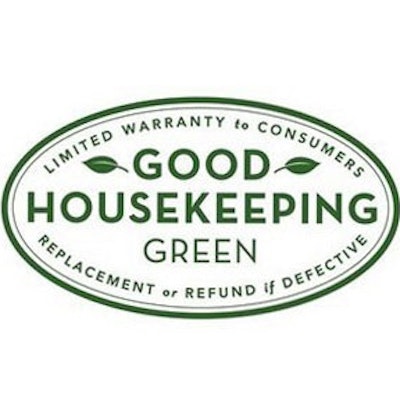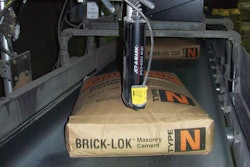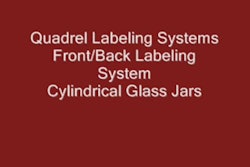
According to Good Housekeeping, at a time when there is no universal definition of “green,” the Green Good Housekeeping Seal will evaluate products and their packaging based on their measurable environmental impact, in an attempt to give consumers guidance.
With its existing seal, Good Housekeeping is committed to helping its 25 million readers make informed decisions about a wide variety of products, including household appliances, consumer electronics, and health and beauty aids. Before a product can be evaluated for the Green Good Housekeeping Seal, it must first pass performance evaluations for the original seal at the Good Housekeeping Research Institute, a state-of-the-art laboratory staffed by engineers, chemists, textile experts, nutritionists, and other scientists.
“The Good Housekeeping Seal was developed to safeguard consumers from tainted products and false claims,” says Rosemary Ellis, editor-in-chief of Good Housekeeping. “The Green Good Housekeeping Seal is the next logical step: Today, there are many products claiming to be green but no real guidelines defining what that means. We know that our readers want to make greener choices but are confused by, and even mistrustful of, many product promises. It’s our responsibility to help consumers make the wisest and healthiest choices for themselves and their families.”
To establish the criteria for the Green Good Housekeeping Seal, the Good Housekeeping Research Institute partnered with Brown & Wilmanns Environmental (www.bw-environmental.com/), a leading green consultancy specializing in integrated social responsibility for companies such as Patagonia, Aveda, and Timberland. While still in beta testing, the Green Good Housekeeping Seal will take a comprehensive, holistic approach, evaluating and verifying data related to the composition, manufacturing, and packaging of a product. Only the products that meet criteria based on specific attributes, such as water quality, packaging reduction, and energy efficiency, will earn the Green Good Housekeeping Seal.
“When we heard Good Housekeeping was interested in developing a Green Good Housekeeping Seal, we thought it was a great opportunity to work with a group that would create a ‘gold standard’ for the green labeling of products,” says Michael Brown, environmental engineer and managing director of Brown & Wilmanns. “The Green Good Housekeeping Seal will serve a wide audience of consumers who are looking for green products that work and we are pleased to be a part of this important effort.”
Products with the Green Good Housekeeping Seal, as with products with the original Good Housekeeping Seal, carry a limited warranty: If the product proves to be defective within two years of purchase, Good Housekeeping will replace the item or refund the consumer. The Green Good Housekeeping Seal will be an overlay to the same trusted icon of the original seal that is shaded green with a leaf motif to complement the seal’s recognizable star.
Good Housekeeping will announce the first products that have earned the Green Good Housekeeping Seal in the second half of 2009.






















